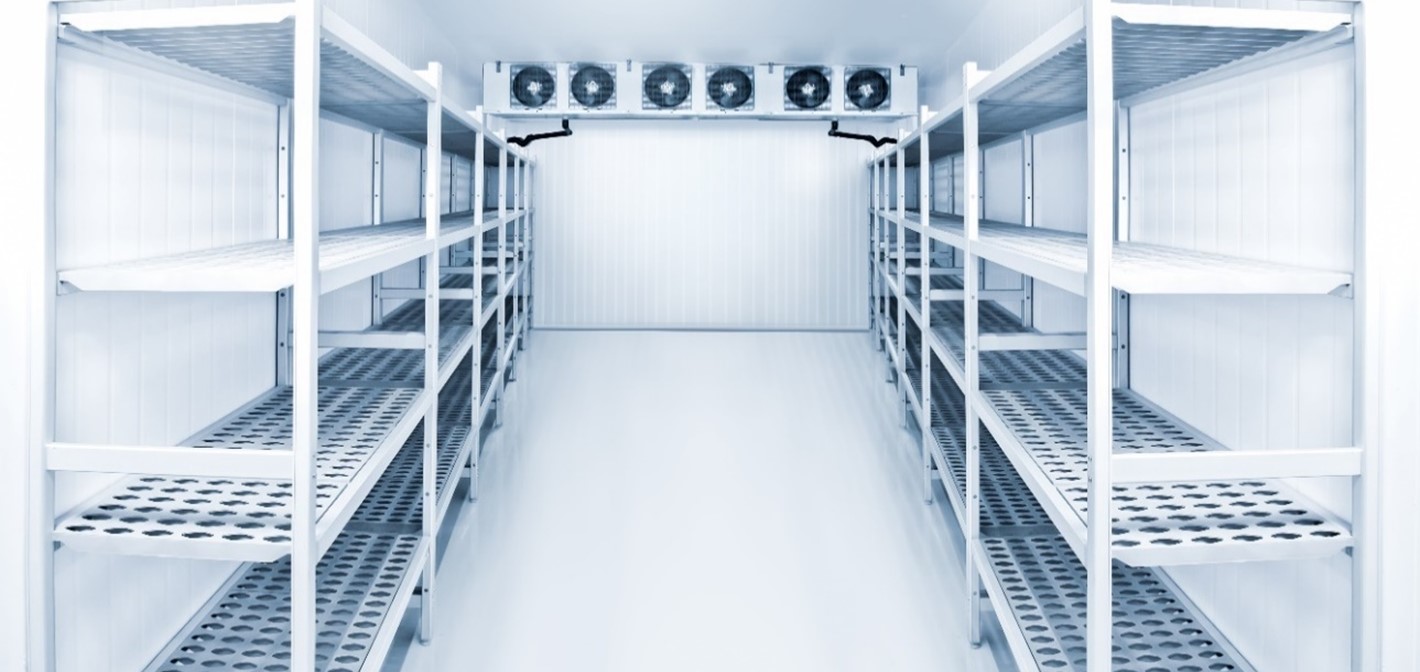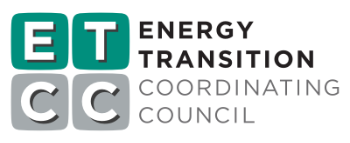Project Info
COMPLETE
 Project Title
Project Title
 Project Title
Project Title
Foodservice Refrigeration: High Efficiency Condenser and Evaporator Units Focused Pilot
Project Number ET22SWE0054 Organization SWE (Statewide Electric ETP) End-use Process Loads Sector Commercial Project Year(s) 2022 - 2024Project Results
The High-Efficiency Condensing Unit (HECU) and High-Efficiency Evaporator Unit (HEEU) Focused Pilot Program sought to overcome key barriers to the widespread use of high-efficiency remote condensing and evaporator units in commercial foodservice. Barriers include market awareness of the benefits of these high-efficiency technologies, contractor familiarity with the equipment, higher equipment purchase costs, lack of laboratory and field test data to support a measure package, and little understanding among program implementation and utility staff regarding equipment sales and distribution channels and customer purchasing habits.
To address these barriers, the proposed project included six main components:
Market characterization study
On-site equipment monitoring
Midstream incentives pilot
Qualified products list
Equipment energy regression modeling
Measure package development preparation
Market Characterization Study
The market characterization study involved dynamic market research on HECUs and HEEUs in the California commercial refrigeration market. Our research methods involved comparison to other state programs and interviews with program administrators, manufacturers, distributors, and trade ally managers. For measure application and potential, the study investigated the supply chain and demand drivers of HECUs and HEEUs. The project team also characterized constraints on the market, which include government regulations and energy-efficiency standards, market barriers (such as high initial costs and lack of awareness from contractors), and competitive positioning of various manufacturers and suppliers. This led to an analysis of key market barriers and recommendations on how to overcome them.
This study also examined current market trends, adoption rates for high-efficiency commercial refrigeration products, and the technical potential of a market-integrated midstream program for HECUs and HEEUs in California, and it surfaced growth opportunities and highlighted challenges and key market gaps for participants, such as coordination with supply chain manufacturers, distributors, and contractors.
Key findings from the Market Characterization Study are:
Customer purchasing habits and stocking practices within the supply chain are key determinants of technology adoption
Market factors and installation requirements impact the condensing unit and evaporator unit market differently
Supporting HECU and HEEU systems rather than individual energy-efficiency components is key to accelerating adoption
Market actor relationship building is critical to a successful energy-efficiency program
On-Site Monitoring
The on-site monitoring component of this focused pilot involved gathering data from 10 sites throughout California. The project team gathered data on the original equipment and the retrofitted high-efficiency models. The normalized and averaged takeaways from site monitoring are that retrofitted HECU and HEEU systems show energy savings in comparison to baseline equipment.
Midstream Incentive Pilot
The project team conducted a pilot midstream program that incentivized qualifying equipment sales from November 1, 2023, to May 31, 2024. Four distributors were enrolled as participating distributors and three of them submitted participating claims. A total of 33 units were incentivized. To better understand the distributors experiences, the project team conducted distributor interviews. Major takeaways from the midstream pilot and relevant information gathered during marketing characterization study and on-site monitoring pilot, are that:
Incentives stimulated high-efficiency equipment sales
All participating distributors would like to have a permanent incentive program
Partnerships with manufacturers are needed to increase high-efficiency equipment inventory at distributors
Contractor education is needed to ensure high-efficiency model awareness, incentive awareness, proper installation, and full operation of high-efficiency features.
Qualified Products List
Through the midstream incentive pilot and distributor feedback, the project team determined that the Qualified Products List submitted with the Preliminary Findings Report was a good representation of the available high-efficiency models. For the Draft and Final reports, the team made minor amendments to reflect market additions and changes. The Qualified Products List includes 2,413 HECU models and 1,459 HEEU models.
Equipment Energy Regression Modeling
Note that the Equipment Energy “Regression” Modeling section was originally intended to be the Equipment Energy “Performance Simulation” Modeling section, because the project team assumed that baseline modeling would be necessary. However, the team was able to collect sufficient data to conduct regression modeling and determine savings from site monitoring.
Measure Package Development Preparation
Overall, results from this focused pilot determined that an active measure package; a statewide midstream point-of-sale incentive program; and ongoing partnerships with distributors, manufacturers, and contractors can help transform the market and overcome barriers to HECU and HEEU adoption while simultaneously reducing ratepayer operating costs, reducing energy demand, reducing energy use, and, in some cases, reducing the use of high-GWP refrigerants.
Project Report Document
Loading PDF Preview...
